2T-Traffic Calming Design
The objectives of traffic calming include reducing speeds, promoting safe conditions, improving the environment, improving real and perceived safety, and discouraging use of residential streets by cut through traffic. Traffic calming can reduce accidents, collisions, noise, vibration, pollution and crime.
Description:- The Institute of Transportation Engineers (ITE) defines traffic calming as “changes in street alignment, installation of barriers, and other physical measures to reduce traffic speeds and/or cut-through volumes, in the interest of street safety, livability, and other public purposes.”
The objectives of traffic calming include reducing speeds, promoting safe conditions, improving the environment, improving real and perceived safety, and discouraging use of residential streets by cut through traffic. Traffic calming can reduce accidents, collisions, noise, vibration, pollution and crime.
European traffic calming began as a grassroots movement in the late 1960’s. Angry residents of the Dutch city of Delft fought cut through traffic by tuning their streets in to woonerven, or “living yards.” This was followed by the development of European slow streets (designed for 20 mph) in the late 1970’s.
In the U.S., a version of traffic calming was practiced as early as the late 1960’s and early 1970’s in such places as Berkeley, California and Seattle, Washington.
The Institute of Transportation Engineers (ITE), the international associates that represents traffic engineers, transportation planners and similar professionals who plan and design roads and neighborhoods, has defined traffic calming as “changes in street alignment, installation of barriers, and other physical measures to reduce traffic speeds and or cut-through volumes, in the interest of street safety, livability, and other public purposes.”
Traffic calming may also be known as neighborhood traffic management, traffic abatement or neighborhood traffic control. Definitions of traffic calming vary, but they all share the goal of reducing vehicle speeds, improving safety and enhancing quality of life. Some include all three “E’s,” traffic education, enforcement and engineering.
There are a variety of traffic calming measures available that can provide speed and/or volume control for collector and local streets. The cost of these measures varies dependent upon the amount of construction required for implementation.
Course Outline
This course will discuss the issue of traffic calming as it relates to traffic studies and plan design. It will provide the definition and objectives of traffic calming. The history of traffic calming will be discussed. Various traffic calming measures and their effectiveness will be presented. Advantages and disadvantages of the traffic calming measures will be included.
The Institute of Transportation Engineers (ITE), the international associates that represents traffic engineers, transportation planners and similar professionals who plan and design roads and neighborhoods, has defined traffic calming as “changes in street alignment, installation of barriers, and other physical measures to reduce traffic speeds and or cut-through volumes, in the interest of street safety, livability, and other public purposes.”
Traffic calming may also be known as neighborhood traffic management, traffic abatement or neighborhood traffic control. Definitions of traffic calming vary, but they all share the goal of reducing vehicle speeds, improving safety and enhancing quality of life. Some include all three “E’s,” traffic education, enforcement and engineering.
- Education provides neighbors with information about how they as motorists can help to ease traffic impacts in their community through changes in behavior/attitudes and informs them about neighborhood traffic management activities and opportunities.
- Enforcement enlists the assistance of the Police Department to focus enforcement efforts in key areas.
- Engineering encompasses both traditional traffic management measures as well as newer approaches, such as traffic calming.
All three are important components in dealing effectively with neighborhood and community-wide traffic issues. Most definitions focus on engineering measures to change driver behavior. Some focus on engineering measures that compel drivers to slow down, excluding those that use barriers to divert traffic.
The general objectives of traffic calming include the following:
- To encourage citizen involvement in the traffic calming process by incorporating the preferences and requirements of the citizens,
- To reduce vehicular speeds,
- To promote safe and pleasant conditions for motorists, bicyclists, pedestrians and residents
- To improve the environment and livability of neighborhood streets,
- To improve real and perceived safety for non-motorized users of the streets, and
- To discourage use of residential streets by non-resident cut through vehicular traffic.
Traffic calming can reduce accidents, collisions, noise, vibration, pollution and crime.
- Education provides neighbors with information about how they as motorists can help to ease traffic impacts in their community through changes in behavior/attitudes and informs them about neighborhood traffic management activities and opportunities.
- Enforcement enlists the assistance of the Police Department to focus enforcement efforts in key areas.
- Engineering encompasses both traditional traffic management measures as well as newer approaches, such as traffic calming.
- All three are important components in dealing effectively with neighborhood and community-wide traffic issues.
Most definitions focus on engineering measures to change driver behavior. Some focus on engineering measures that compel drivers to slow down, excluding those that use barriers to divert traffic.
| Objetivos de aprendizaje | Objectives
|
|---|---|
| Horas de Contacto | 2 Horas |
| Cursos CIAPR | CURSO TECHNICO |
| Instructor | Debra Kennaugh, P.E. |
| Dispositivos | Desktop, Tablet, Mobile |
| Idioma | English |
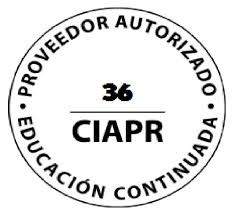
IACET ACCREDITED PROVIDER
|
Self Learning Solutions LLC es una empresa con más de 14 años de experiencia en este mercado. En Self Learning Solutions estamos orgullosos de haber obtenido la acreditación IACET para nuestra organización, junto con las aprobaciones necesarias para comercializar nuestros productos en todo Estados Unidos. Self Learning Solutions está acreditado por la Asociación Internacional para la Educación y Formación Continua (IACET). Self Learning Solutions cumple con el estándar ANSI / IACET, que es reconocido internacionalmente como un estándar de excelencia en las prácticas de instrucción. Como resultado de esta acreditación, Self Learning Solutions está acreditada para emitir la CEU IACET. |
Requisitos del sistema de SLSTECH
Para ejecutar nuestro sistema de manera eficaz, como mínimo, debe utilizar los componentes del sistema que se enumeran en esta página. Si no lo hace, es posible que el sistema aún funcione pero que se pierda alguna funcionalidad. Las configuraciones internas de los entornos de IT del lugar de trabajo también pueden restringir la funcionalidad de nuestro sistema. El acceso al contenido puede verse afectado, al igual que la posibilidad de subir archivos. También pueden aplicarse limitaciones de tamaño de archivo. Los lugares de trabajo también pueden tener versiones anteriores de software, y nuestro sistema puede no funcionar bien con estos.
Sistema operativo
-
Recomendado: Windows 7, 10, Mac OSX Sierra, iPad IOS10
Velocidad de Internet
-
Use una conexión de Internet (broadband connection) (256 Kbit / seg. o más rápida, esto le permitirá ver videos y presentaciones en línea) a través de un módem inalámbrico USB, ADSL, T1 / T2, fibra óptica o cable.
-
El acceso telefónico será mucho más lento y no lo recomendamos para usar nuestro systma.
Navegadores de Internet
Los navegadores compatibles incluyen:
-
Google Chrome 32 bit versión 50 o posterior (recomendado para una compatibilidad óptima, esto se ha probado exhaustivamente en Windows)
Safari 10 o posterior (recomendado para una compatibilidad óptima, esto se ha probado exhaustivamente en Mac)
Tenga en cuenta que los complementos y las barras de herramientas pueden afectar el rendimiento de cualquier navegador.
-
No se recomienda MS Internet Explorer
Configuraciones
Recomendamos que se habilite lo siguiente:
-
Cookies
-
Ventanas emergentes "Pop-ups" (tanto en el navegador de Internet como en el software de seguridad)
-
Javascript
-
Le recomendamos que utilice la última versión de Adobe Flash Player.
Software
-
Le recomendamos que utilice la última versión de Adobe Acrobat Reader.
-
Para ver todos los recursos cargados en Hazmat Authority, es probable que necesites tener instalado Microsoft Office (Word, Excel, PowerPoint) o un equivalente (por ejemplo, Open Office, Viewer).
Seguridad
Con todos los "firewalls", asegúrese de habilitar la carga de archivos.



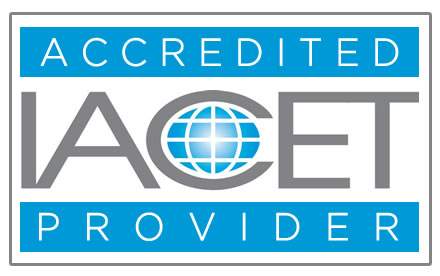

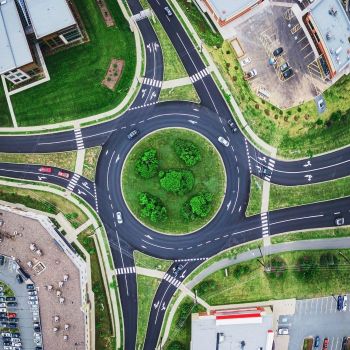

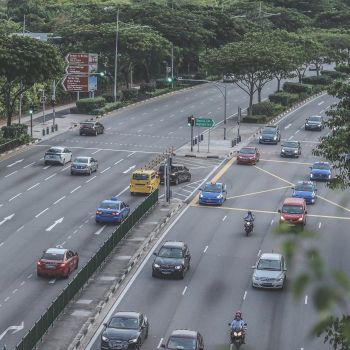
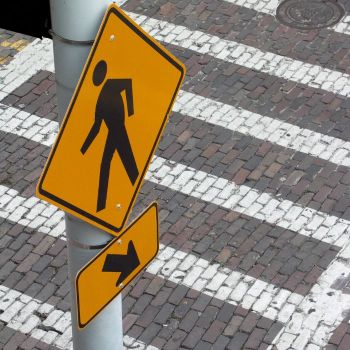




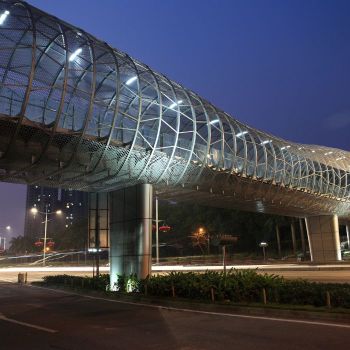


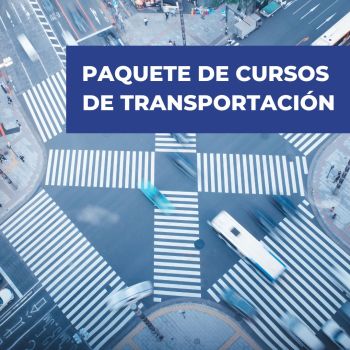
Validate your login
Registrarse
Crear una nueva cuenta